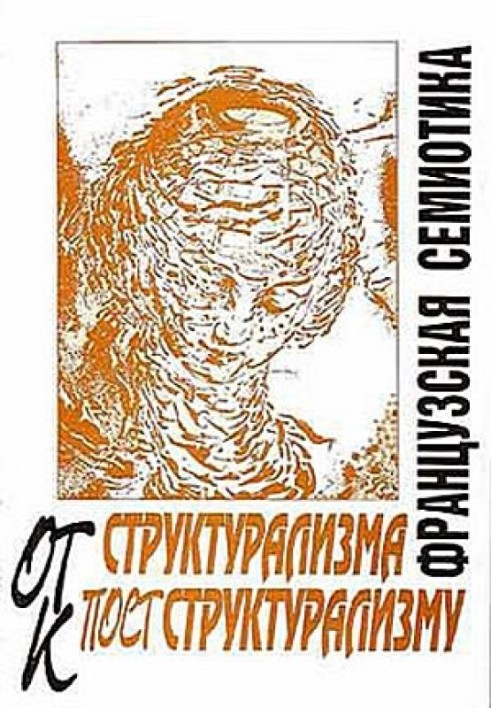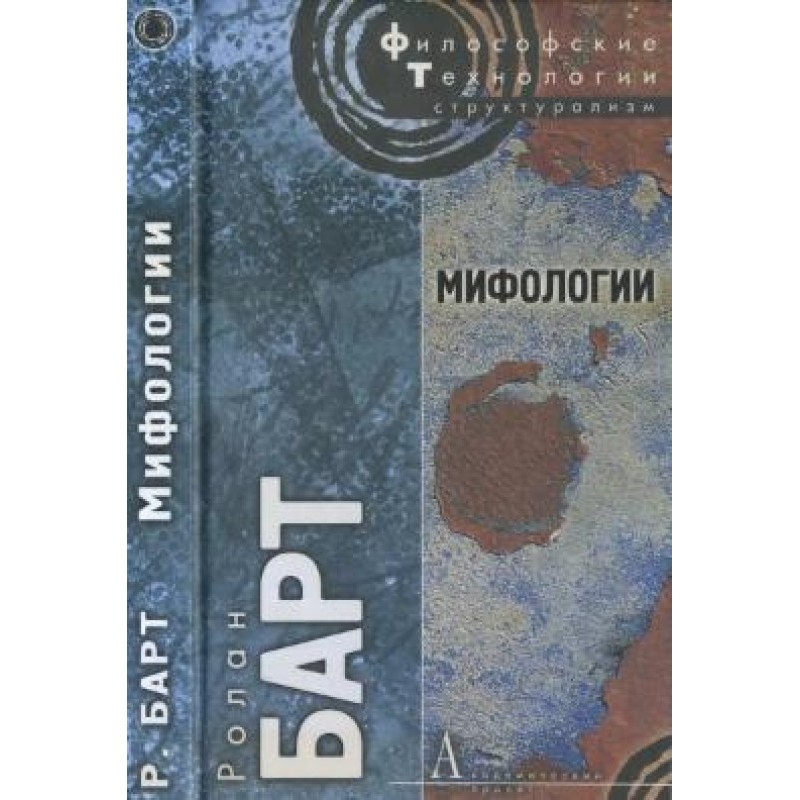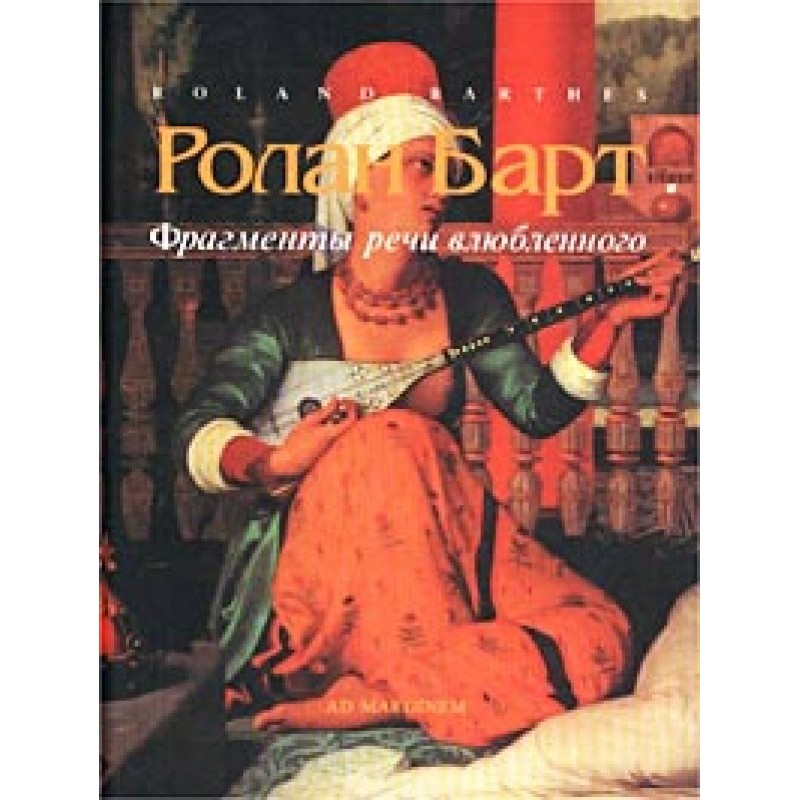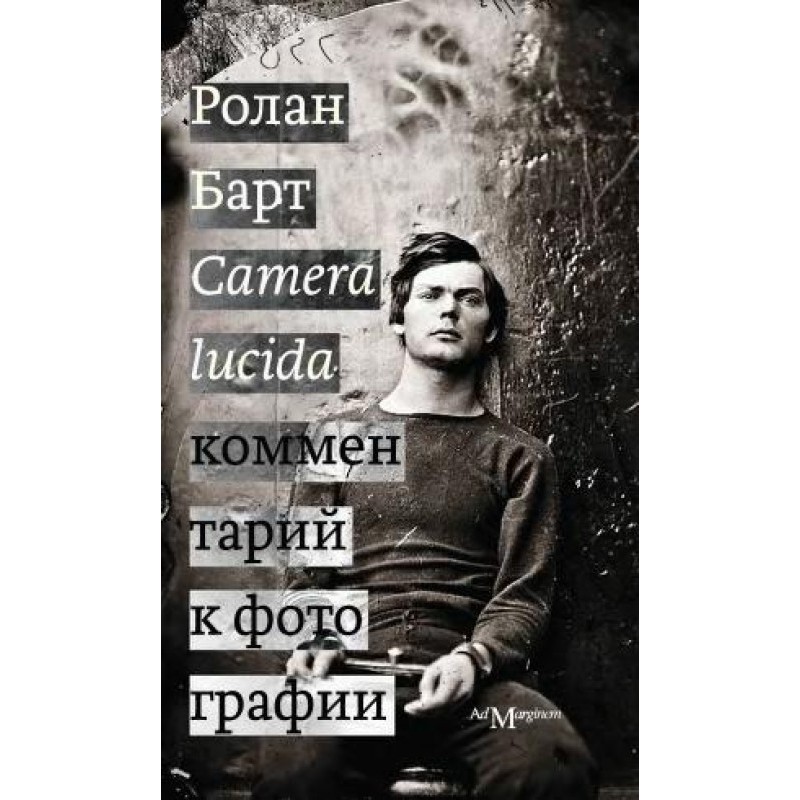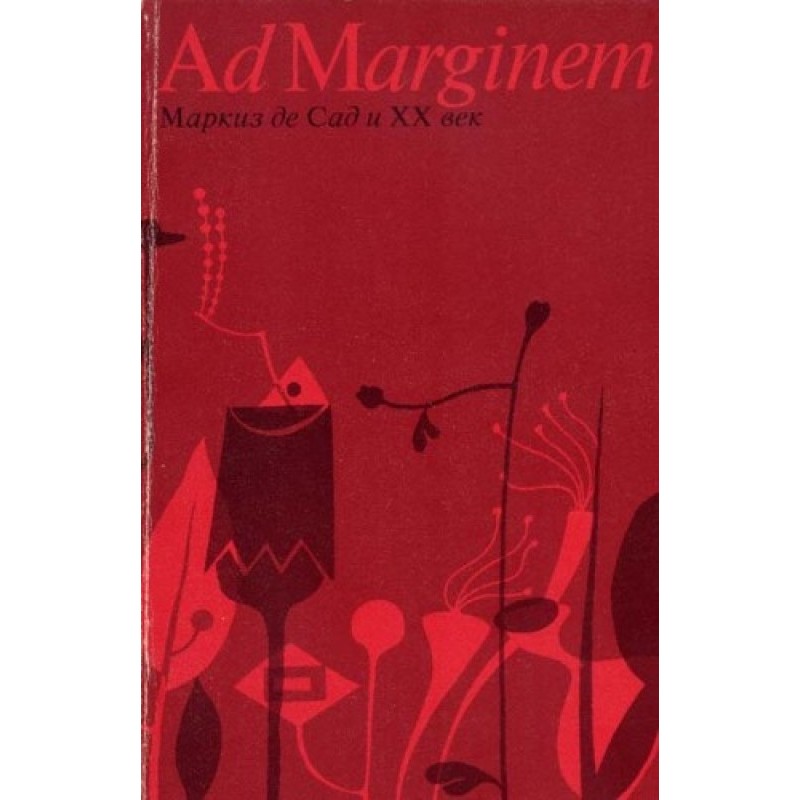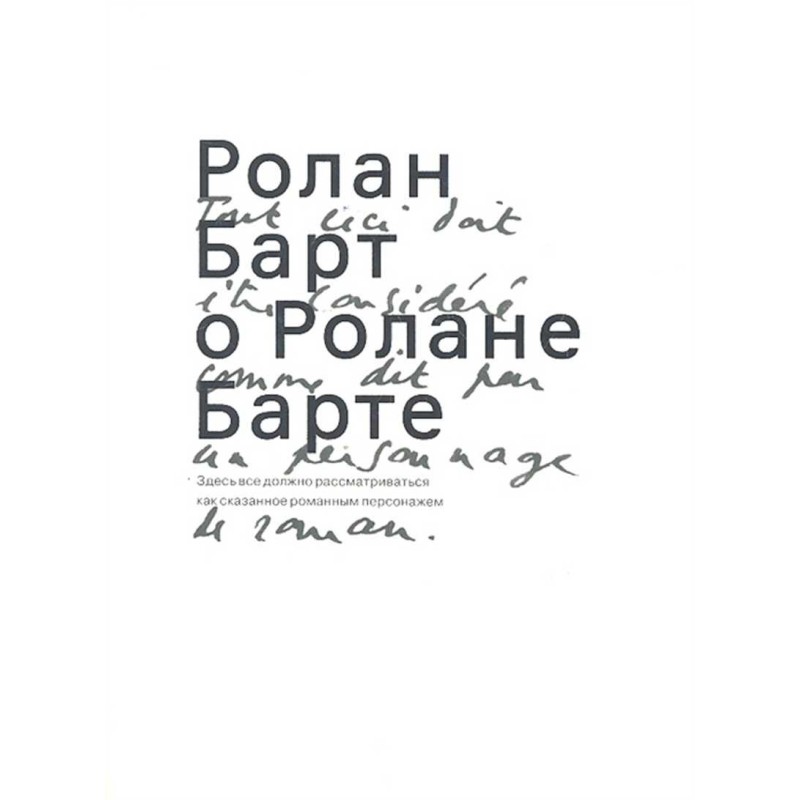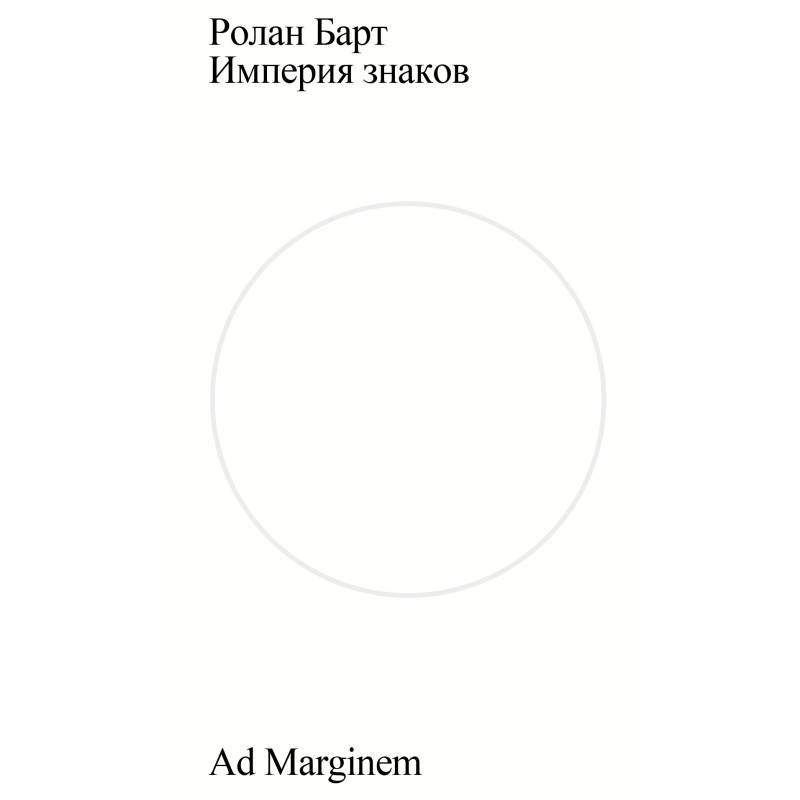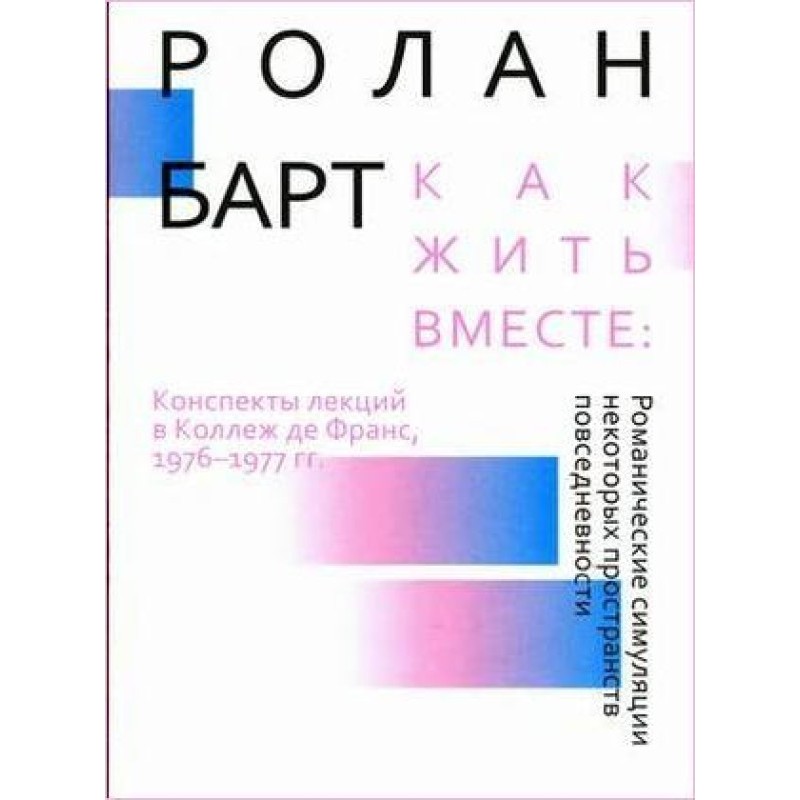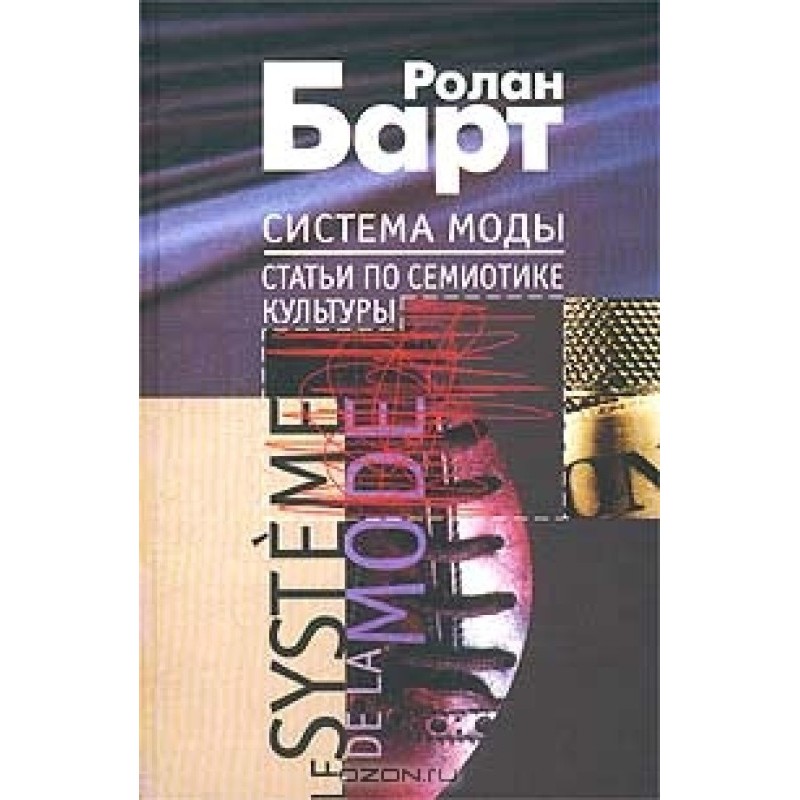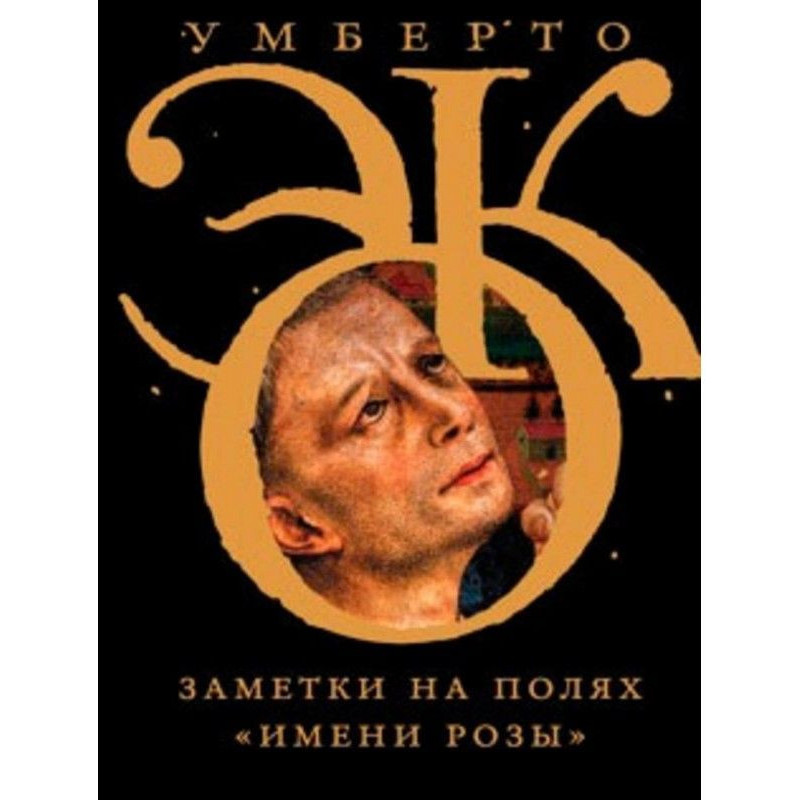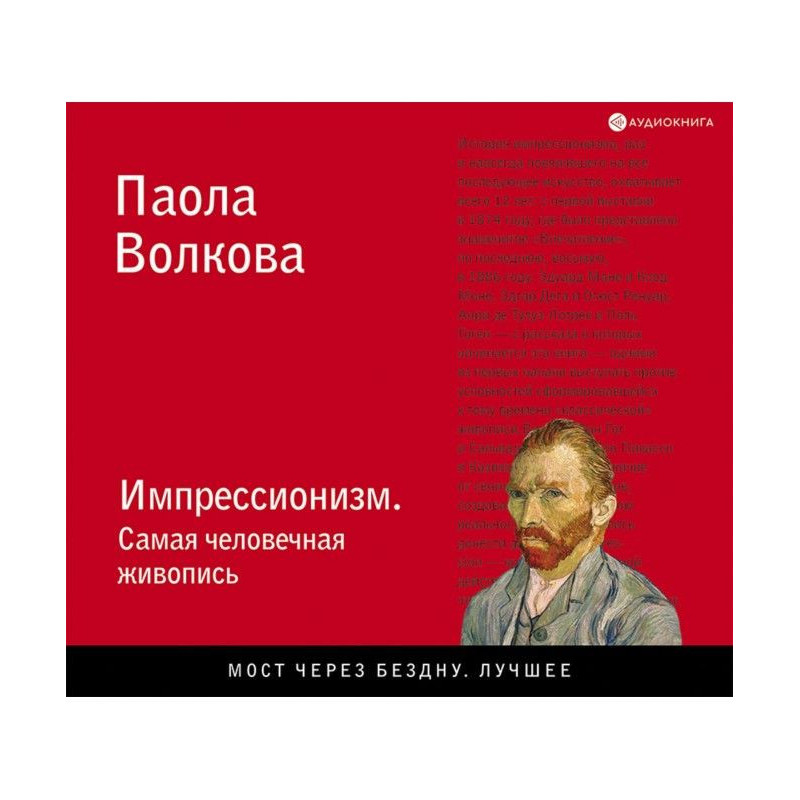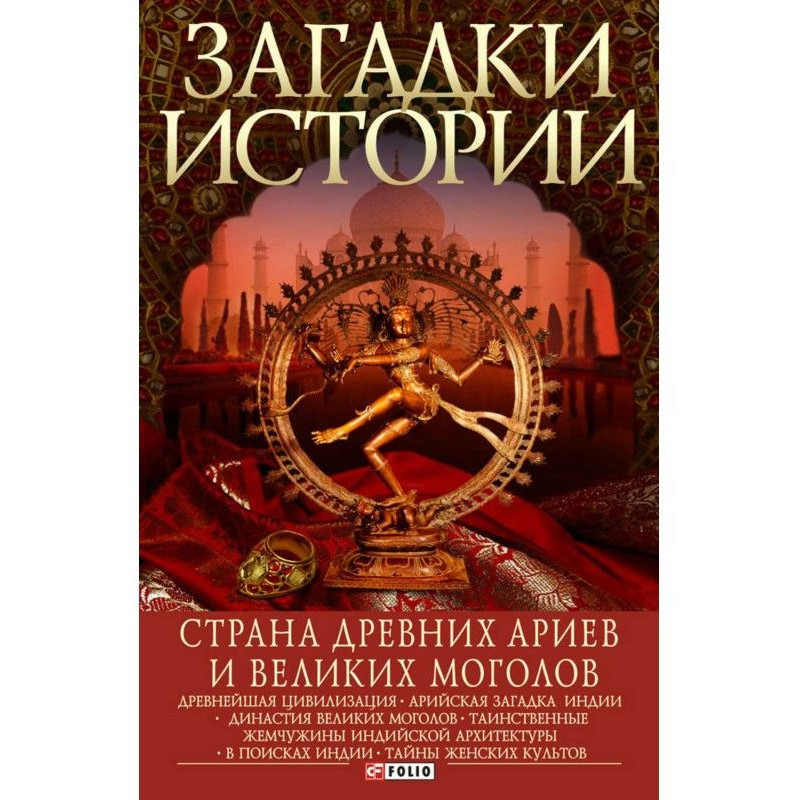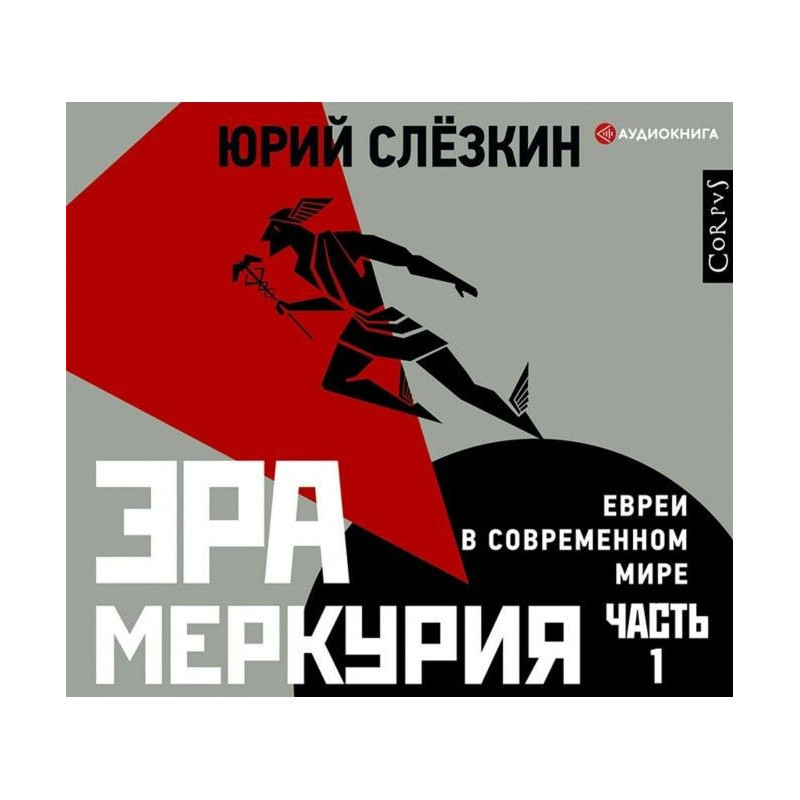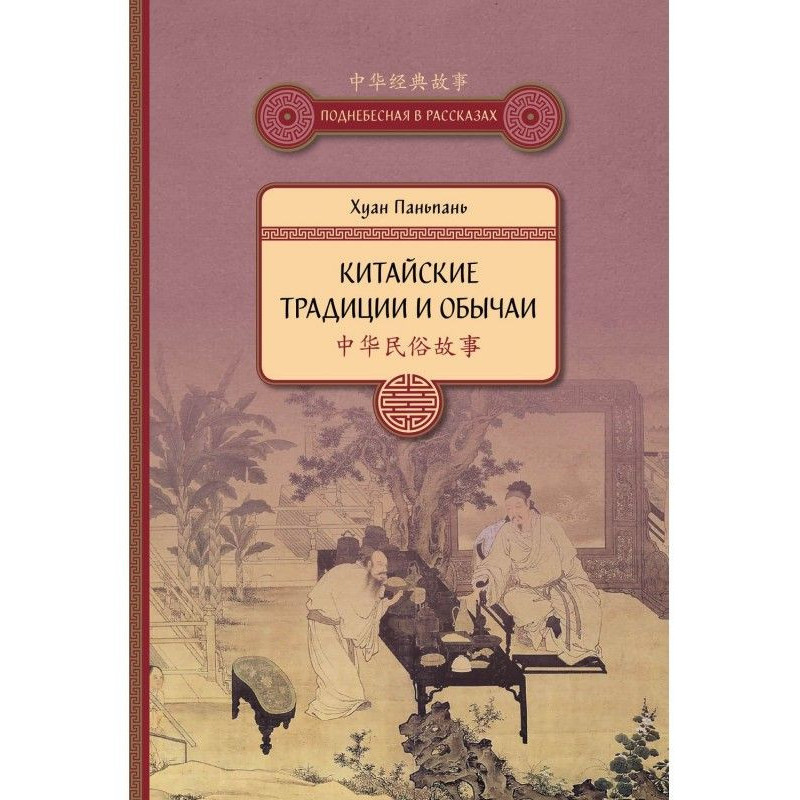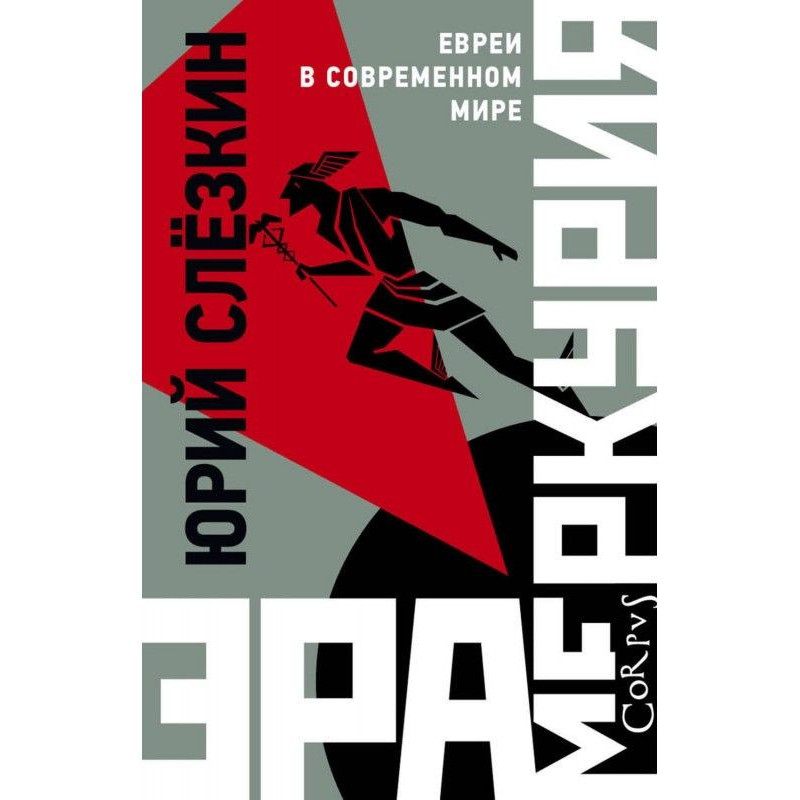Zero letter degree
 Instant download
Instant download
after payment (24/7)
 Wide range of formats
Wide range of formats
(for all gadgets)
 Full book
Full book
(including for Apple and Android)
Structuralism and post-structuralism - allies or rivals? What are the relationships between the poetics of the Russian formal school and the latest structural poetics? And what is the essence of the poststructuralist “destruction of poetics”? Why, having barely survived its meteoric rise, did French structuralism experience an equally rapid decline, giving way to the philosophy and practice of “decentration”? And why did Roland Barthes, unanimously recognized as the head of the scientistic “new criticism” in the 60s, become famous in the next decade as the master of the anti-scientist “semiology of plurality”? How does “structure” differ from “work” and “work” from “text”? Why does a work suppress its text, and why does the text strive to escape from the control of the work? What is poststructuralist “plurality without truth”? Answering these questions, the compiler turned to the “golden age” of French humanities, including in the book the classic works of Cl. Lévi-Strauss, R. Barthes, A.-J. Greimasa, Kl. Bremont, J. Derrida, Y. Kristeva.
Roland Barthes. Le degree zero de l'ecriture. 1953.Translation from French by Georgy Kosikov
French semiotics. From structuralism to poststructuralism. Publishing house "Progress". Moscow. 2000.
Data sheet
- Name of the Author
- Ролан Барт
- Language
- Ukrainian
- Release date
- 2000
- Translator
- Георгий К. Костиков

